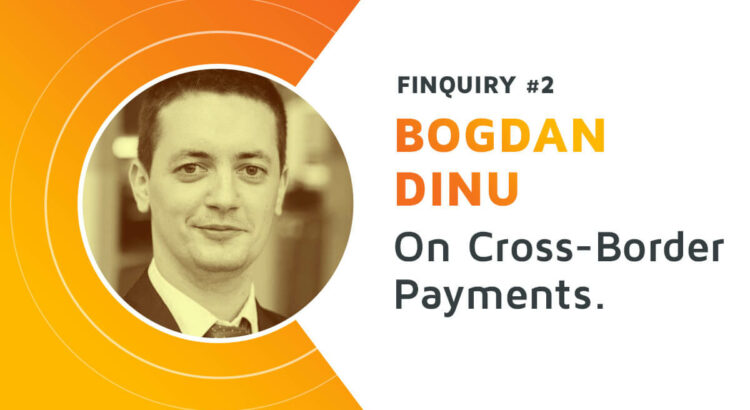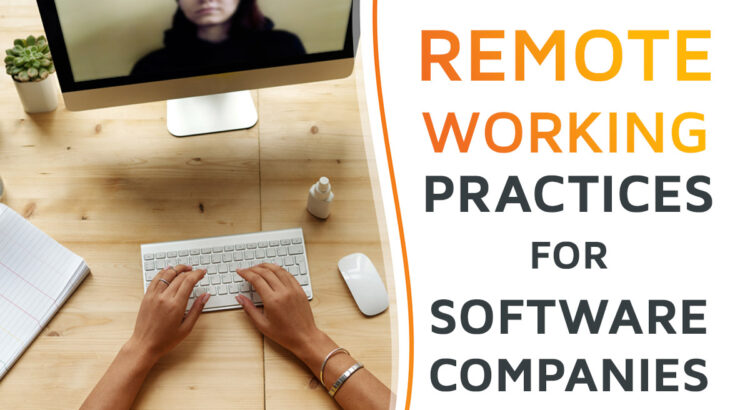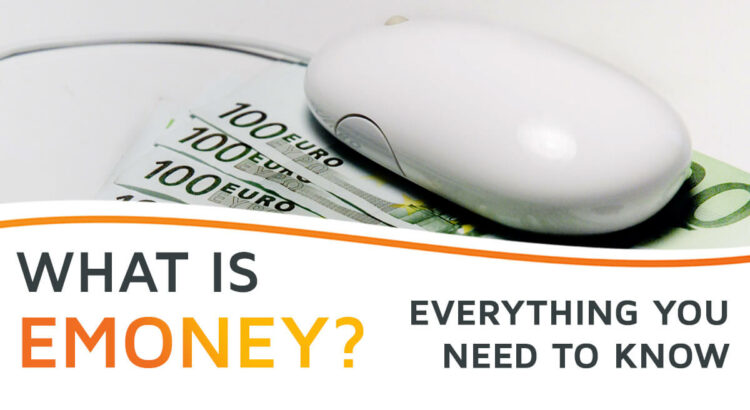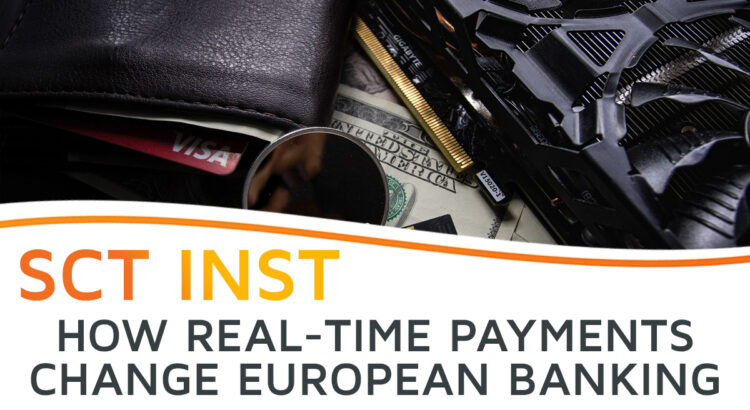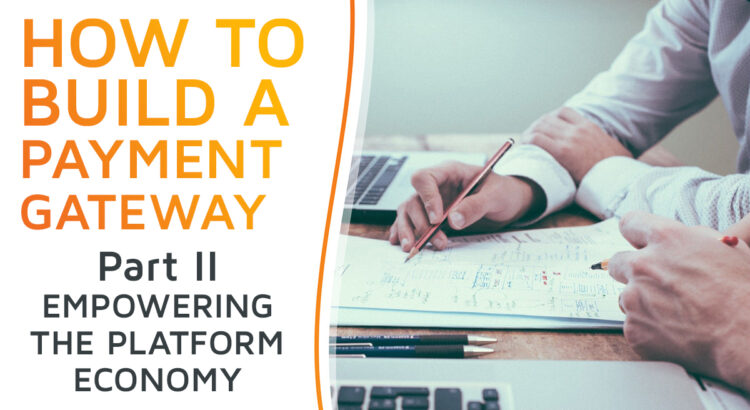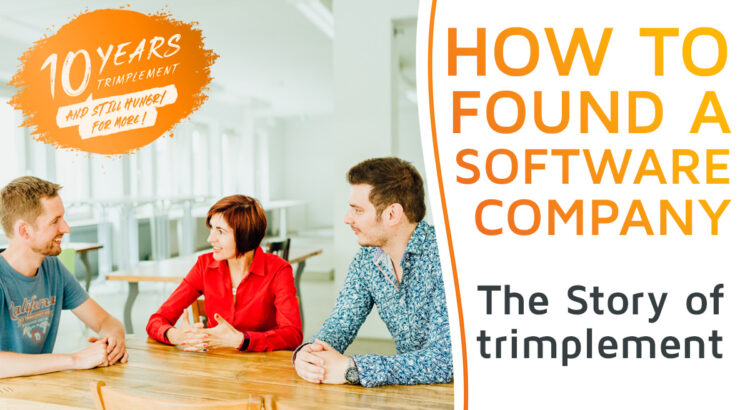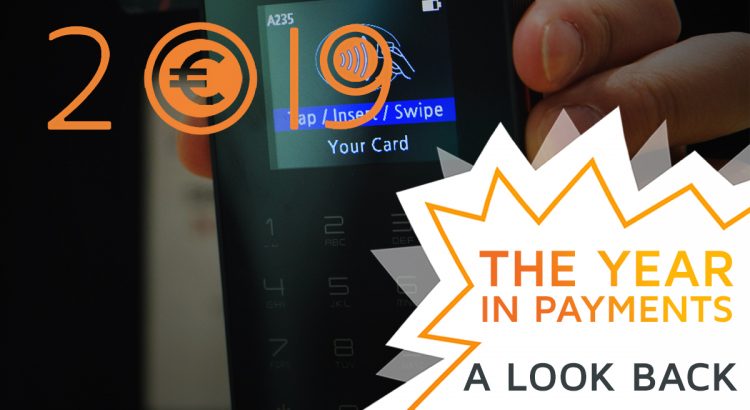Since the dawn of the Internet age, global economies have grown closer – as did the underlying financial systems. Today, we can digitally purchase a product with materials from Eastern Europe, produced in Singapore, refined and branded for sale in Canada, and eventually shipped to Brazil. All countries involved in this supply chain have to maintain financial relationships and this also necessitates numerous cross-border payments.
However, that’s easier said than done. Complying to all regulations, security processes and technical requirements necessary to move funds from one country to the other comes with high efforts and costs for service providers.
For our fintech interview series “Finquiry”, we have asked cross-border payments expert Bogdan Dinu to break down what goes behind facilitating effective and low-cost transfers.
Our Guest: Bogdan Dinu, Head of Product at Thunes
Our interview partner Bogdan Dinu is the perfect expert to lead us through the dense jungle of the cross-border payments landscape. As the Head of Product in leading global payments network Thunes, he is set to support the business through its next phase of global expansion.
Read More